Israeli researchers revealed on Thursday that an area near the Dead Sea is home to the world’s longest salt cave, a title previously held by Iran for the Cave of the Three Nudes on Qeshm Island.
But now, an international group led by the Hebrew University of Jerusalem (HU)’s Cave Research Center (CRC), the Israel Cave Explorers Club, and Bulgaria’s Sofia Speleo Club, along with 80 cavers from nine countries, say they have successfully mapped the Malham salt cave in Mount Sedom, an 11km long mountain that sits 170 meters below sea level at the southwestern tip of the Dead Sea.
At 10 kilometers long, the Malham salt cave is now the world’s longest salt cave, besting Iran’s 6.4 km cave, and the first to reach a length in the double-digits.
SEE ALSO: Moon-Bound Israeli Spacecraft Snaps Stunning Photos And Videos From Journey
The Hebrew University said in a statement that two factors have protected the cave: the sturdy cap rock that covers its salt, and the arid climate of the Negev Desert.
“The Malham Salt Cave is a river cave. Water from a surface stream flowed underground and dissolved the salt, creating caves – a process that is still going on when there is strong rain over Mount Sedom about once a year,” said Professor Amos Frumkin, director of the CRC at HU’s Institute of Earth Sciences. In this way, the Malham Salt Cave is “alive” and continues to grow.
In addition to its length, the Malham Cave contains a stunning array of salt stalactites and salt crystals within its chambers. These salt icicles hang from the cave’s ceiling and grow longer and fatter as each drop of water rolls down before evaporating into the salty air, the university said.
Sign up for our free weekly newsletter
SubscribeMalham was initially discovered by the CRC back in the 1980s, the Hebrew University said. Around that time, expeditions surveyed Mount Sedom and found more than 100 salt different caves inside, the longest of which measured 5,685 meters. Subsequent carbon-14 tests dated the cave as 7,000 years old, give or take, and successive rainstorms created new passages for the cavers to explore. When the international expeditions returned to Malham in 2018 and 2019, their surveys discovered the cave’s record-breaking, double-digit length.
“Thirty years ago, when we surveyed Malham, we used tape measures and compasses. Now we have laser technology that beams measurements right to our iPhones,” Frumkin recalled.
Boaz Langford, Member of HU’s Cave Research Center and head of the 2019 Malham Cave Mapping Expedition said “Israel’s salt caves are a global phenomenon. My colleagues around the world are always amazed at what we find here. Returning to survey Malham Cave allowed us to reveal its full dimensions and rank Israel as first among the world’s longest salt caves.”
Yoav Negev, chairman of the Israel Cave Explorers Club and project leader of the Malham Cave Mapping Expedition: “This entire project began with a call to Antoniya Vlaykova at Bulgaria’s Sofia Caving Club & Speleo School. From the very beginning, they showed real interest in collaborating with us and in taking on a central role in the project. Soon we had a 50-member delegation—half international, half Israeli. The Malham Cave is a one of kind expedition that demonstrated the power of international caving delegations coming together to achieve something remarkable. The fact that we came away with a new world record is icing on the cake.”
Efraim Cohen, Member of HU’s Cave Research Center: “Mapping Malham Cave took hard work. We cavers worked 10-hour days underground, crawling through icy salt channels, narrowly avoiding salt stalactites and draw-dropping salt crystals. Down there it felt like another planet. Our next and final step is to map the tightest spots and the most difficult ones to reach. When we’re all done, it’s likely we’ll add a few hundred meters to Malham’s impressive 10-kilometer length.”
Related posts

Resilient And Nutritious New Plant-Based Milk Aims To Make A Splash

Chocolate From Cultivated Cocoa Comes Without Environmental Toll

Plastic Fantastic: Startup Takes PVC Back To Its Crude Oil Roots


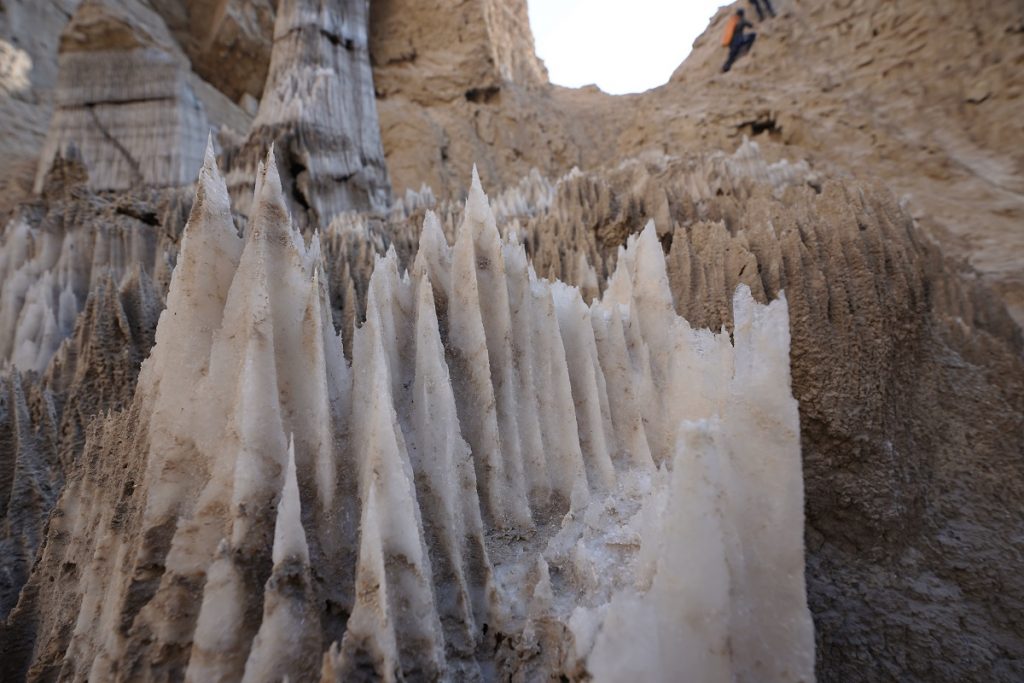
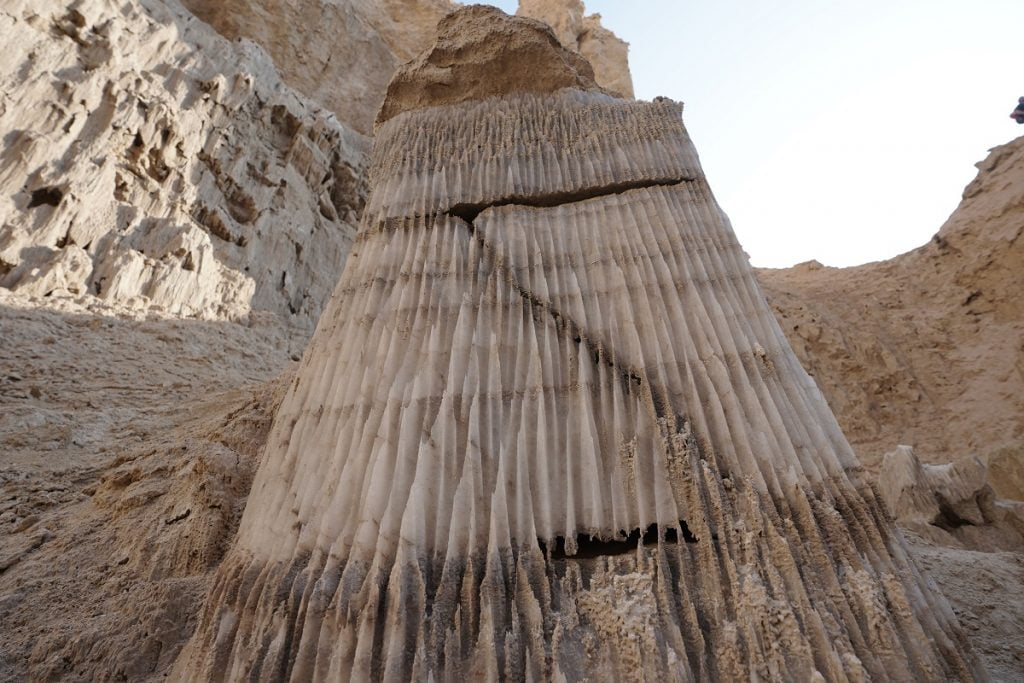
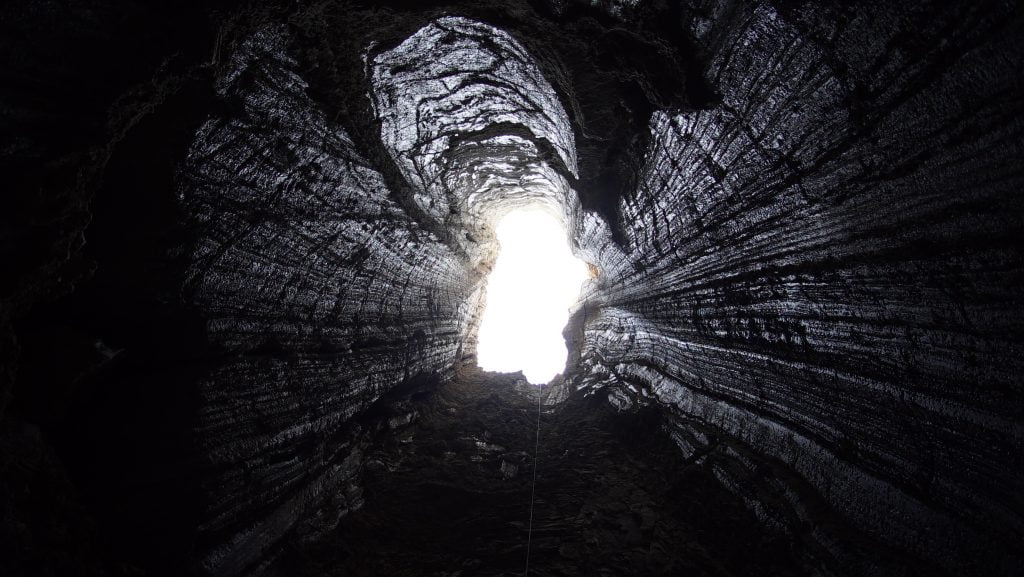
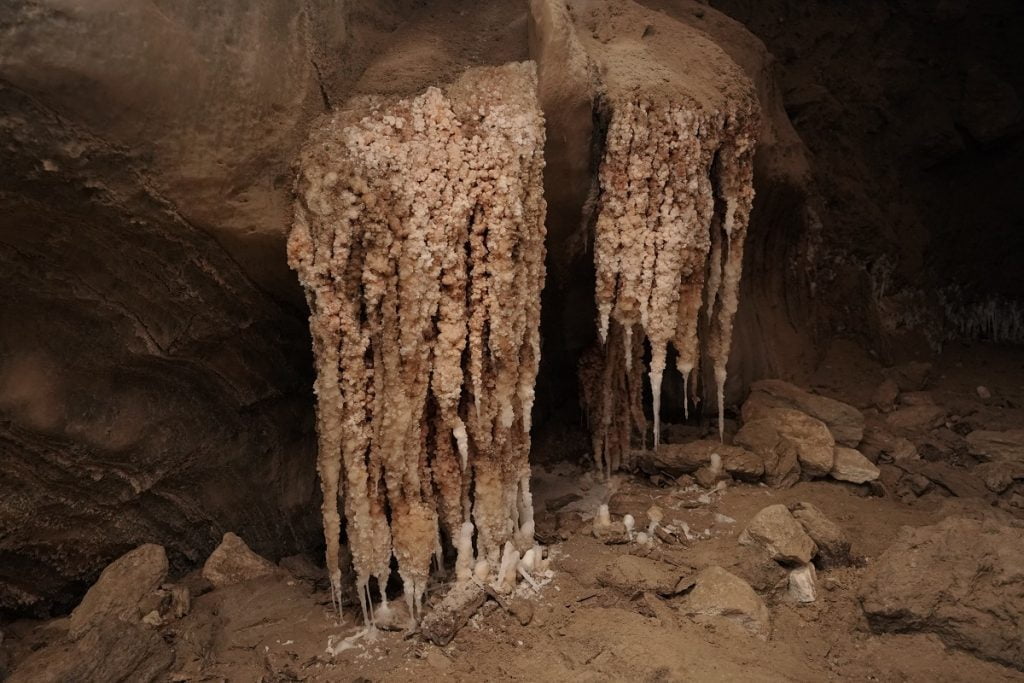
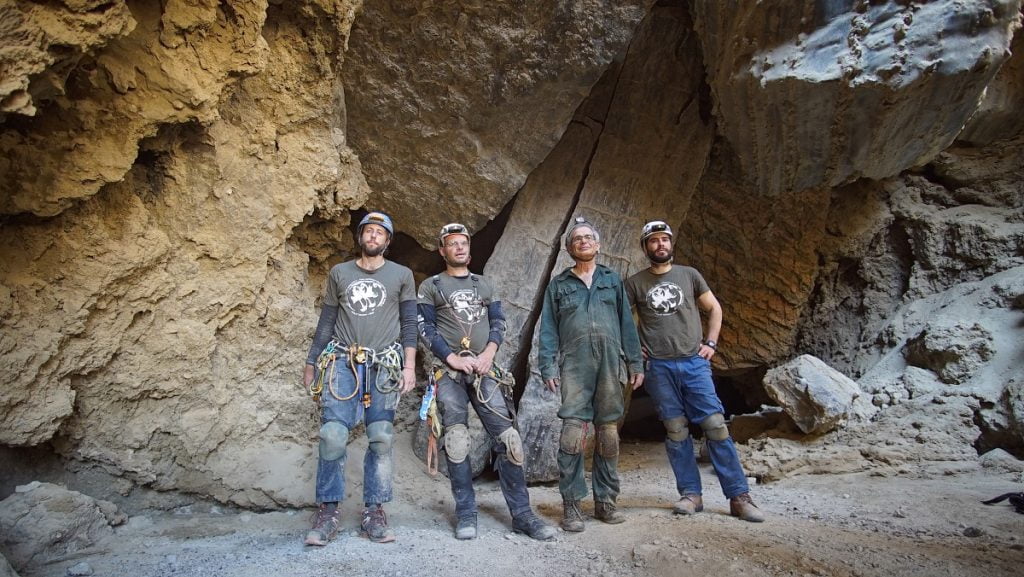

Facebook comments